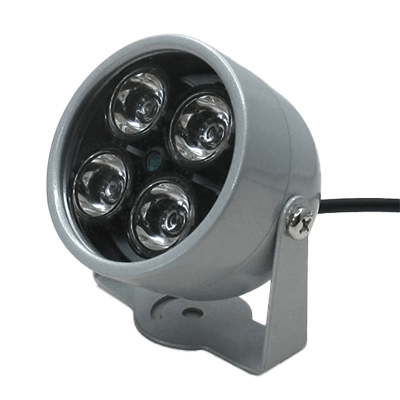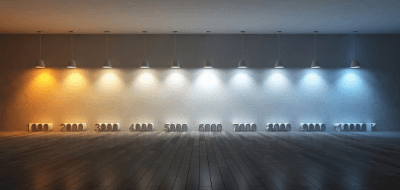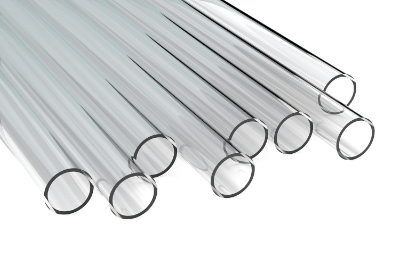Was ist ein Lithium-Ionen-Kondensator?
Ein Lithium-Ionen-Kondensator ist ein Energiespeicher, der die Eigenschaften eines elektrischen Doppelschichtkondensators und einer Lithium-Ionen-Batterie kombiniert, abgekürzt LiC (Lithium-Ionen-Condensator); er unterscheidet sich von einer LiB (Lithium-Ionen-Batterie).
Im Vergleich zum elektrischen Doppelschichtkondensator (EDLC) haben LICs eine höhere Energiedichte und eine höhere Leistungsdichte als Lithium-Ionen-Batterien. Aufgrund dieser unterschiedlichen Eigenschaften werden sie je nach Anwendung unterschieden.
Anwendungen von Lithium-Ionen-Kondensatoren
Lithium-Ionen-Kondensatoren sind Energiespeichermaterialien mit hoher Energie- und Leistungsdichte sowie ausgezeichneter Sicherheit und Haltbarkeit. Sie werden voraussichtlich Lithium-Ionen-Batterien in Bereichen ersetzen, die eine hohe Leistung erfordern und für die Lithium-Ionen-Batterien nicht geeignet sind. Sie können auch in Situationen eingesetzt werden, in denen eine hohe Energiedichte erforderlich ist, die elektrische Doppelschichtkondensatoren nicht bieten sowie in Anwendungen, in denen hohe Temperaturen und hohe Spannungen auftreten.
Sie zeichnen sich durch hervorragende Schnelllade- und Entladeeigenschaften, hohe Temperaturbeständigkeit, Langlebigkeit und Zuverlässigkeit aus und können sicher gehandhabt werden. Da sie auch nach wiederholtem Auf- und Entladen lange Zeit stabil arbeiten, werden sie für eine Vielzahl von Anwendungen in Betracht gezogen, z. B. für die Stromerzeugung aus Photovoltaik und Windkraft, für Geräte zur Kompensation von Spannungsabfällen, für Industriemaschinen sowie für Anwendungen im Verkehr und in Fahrzeugen.
Lithium-Ionen-Kondensatoren wurden auch als Stromquelle für Elektrofahrzeuge in Betracht gezogen, aber ihre Energiedichte ist geringer als die von Lithium-Ionen-Batterien und sie haben eine geringere Reichweite, weshalb Lithium-Ionen-Batterien hauptsächlich in Elektrofahrzeugen eingesetzt werden. Im Vergleich zu Lithium-Ionen-Batterien sind Lithium-Ionen-Kondensatoren jedoch in Bezug auf schnelles Laden und Entladen überlegen, weshalb sie für den Einsatz in Fahrzeugen mit festem Streckenverlauf, wie Straßenbahnen und Bussen, in Betracht gezogen werden, wo sie an Haltestellen und Bahnhöfen aufgeladen werden und die Energie für die Fahrt gespeichert wird.
Funktionsweise des Lithium-Ionen-Kondensators
Ein Lithium-Ionen-Kondensator besteht aus einer Zelle, einer positiven Elektrode, einer negativen Elektrode und einem Elektrolyten und kann durch Adsorption und Desorption von Lithium-Ionen im Elektrolyten an der positiven und negativen Elektrode wiederholt geladen und entladen werden. Wird an einen Lithium-Ionen-Kondensator Spannung angelegt, werden Lithium-Ionen an der negativen Elektrode und Anionen an der positiven Elektrode physikalisch adsorbiert.
Bei der Entladung aus diesem Zustand werden die Lithiumionen an der Anode desorbiert und an der Kathode werden die Lithiumionen adsorbiert, nachdem die Anionen desorbiert wurden. Beim Laden und Entladen nutzt die positive Elektrode die physikalische Adsorption und Desorption, wie bei einem elektrischen Doppelschichtkondensator, während die negative Elektrode die Adsorption und Desorption von Lithiumionen mit chemischen Reaktionen nutzt, wie bei einer Lithium-Ionen-Sekundärbatterie.
Lithium-Ionen-Kondensatoren erfordern höhere Zellspannungen, um die Energiedichte zu erhöhen. Dies liegt daran, dass die gespeicherte Energiemenge als E = CV2/2 (C: Kapazität, V: Zellspannung) ausgedrückt wird. Die Spannung ist die Potenzialdifferenz zwischen dem positiven und dem negativen Elektrodenpotenzial. Eine Erhöhung des positiven Elektrodenpotenzials führt jedoch zu einer oxidativen Zersetzung des Materials, weshalb bei Lithium-Ionen-Kondensatoren die negative Elektrode bereits bei der Herstellung mit Lithium dotiert wird, um das negative Elektrodenpotenzial zu senken und die Potenzialdifferenz beim Laden zu erhöhen.
Aufbau eines Lithium-Ionen-Kondensators
Ein Kondensator besteht hauptsächlich aus einer Zelle, einer positiven Elektrode, einer negativen Elektrode, einem Elektrolyt und einem Separator. In Lithium-Ionen-Kondensatoren wird Aktivkohle als aktives Material für die positive Elektrode verwendet, während das aktive Material für die negative Elektrode eine kleine spezifische Oberfläche hat, ähnlich wie bei Lithium-Ionen-Batterien.
Verwendet werden Kohlenstoffmaterialien wie Hartkohle, die mit Lithium-Ionen dotiert werden können. Aluminium wird für die positive Elektrode und Kupfer für die Stromabnehmer der negativen Elektrode verwendet, die jedoch porös sind, da sie für die Lithiumdotierung im unten beschriebenen Herstellungsverfahren von Lithiumionen durchdrungen werden müssen.
Als Elektrolyt wird in der Regel ein organischer Elektrolyt verwendet, der durch Auflösen von Lithiumsalzen wie LiBF4 (Lithiumtetrafluorborat) und LiPF6 (Lithiumhexafluorphosphat) in einem organischen Lösungsmittel hergestellt wird. Es werden Separatoren mit hervorragender Lithiumionendurchlässigkeit und Elektrolytimprägnierung verwendet.


